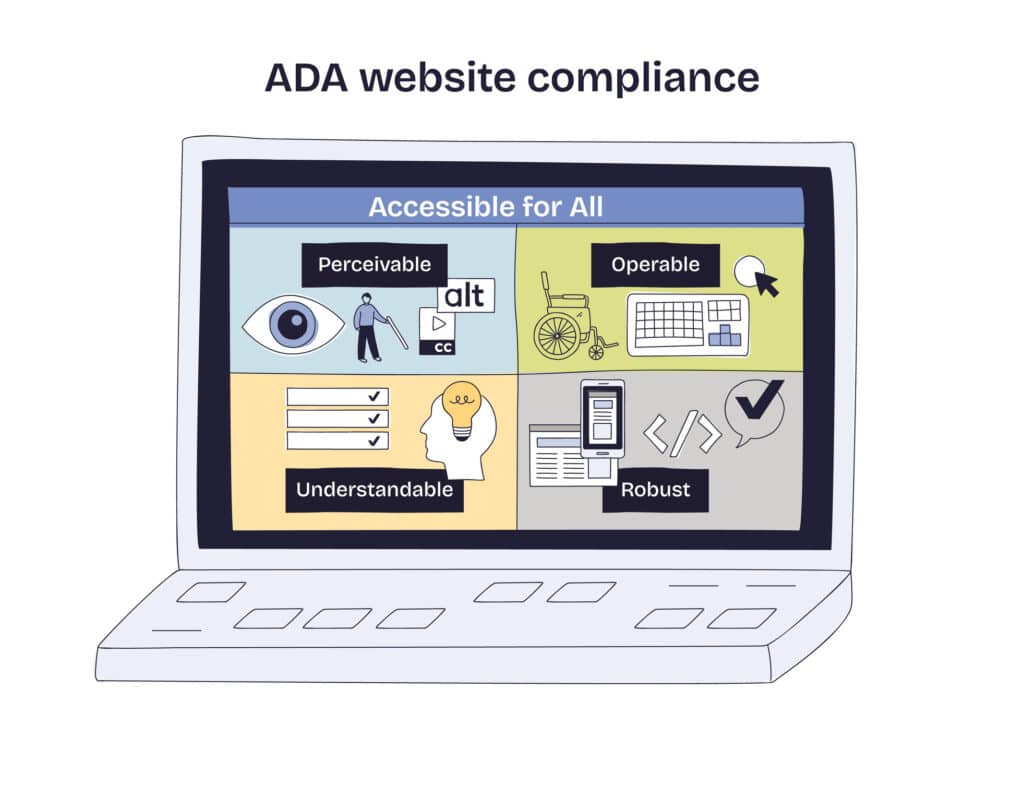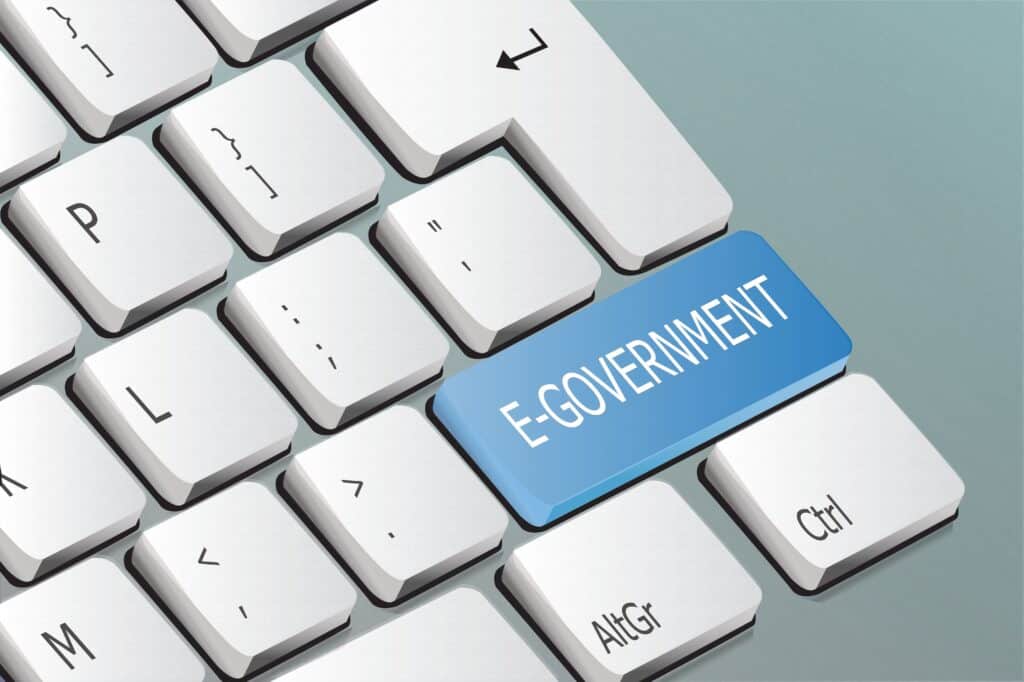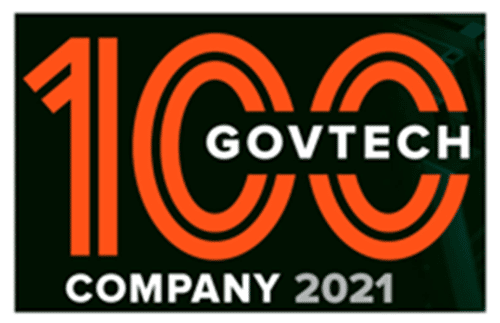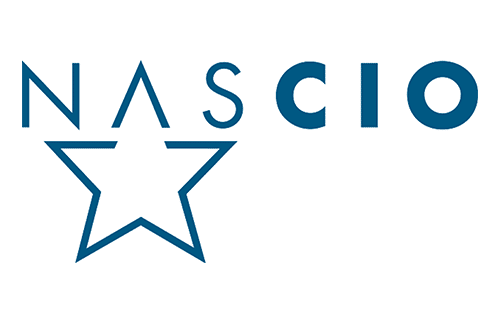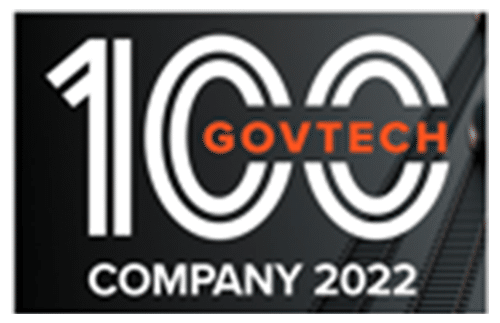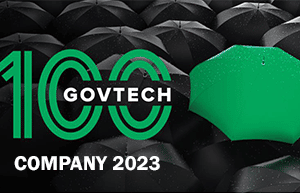Government agencies are turning to workflow automation as a way to drive greater efficiency and service, as we’ve noted. One of people leading that charge at one California state agency put it more succinctly: it’s a “way to move into the 21st century.”
The agency is California’s Department of Toxic Substances Control, which deals with matters of hazardous waste and toxic contamination cleanup, regulation, and consumer protection. It’s a big job, especially in a state as large and environmentally-minded as California. So maximizing departmental efficiency is critical. As Kham Xiong, chief of applications development for the department, explained to Techwire, it’s why the Department turned to workflow automation to digitize its human resources work processes.
The solution they landed on happened to be our own Workflow Automation, which allows agencies like theirs to easily design customizable forms that combine with Adobe Sign. In the Department’s case, a pilot program set about digitizing their annual telework application cycle, composed of requests and approvals for working from home, and routs “forms back and form between them, their manager and HR,” says Xiong.
The results of deploying workflow automation? The process now moves about five times faster. The efficiencies mount up when you consider the number of requests in play. “It saves a lot of man hours,” Xiong attests. “You’re talking about at least 700 requests annually.”
Automation guides users through self-service forms so they’re properly completed the first time around, rather than creating delays through incompletion or errors. As forms are filled out, information is validated; if a field is missed or improperly filled, error messages appear. Completed forms are then automatically routed to the right manager for review and approval.
Xiong looked at a number of potential workflow automation solutions, but Workflow Automation’s affordability and flexibility stood out among the rest.
“We wanted something that’s cheap, something that’s affordable, something that can be deliverable in a quick amount of time,” he explains in the article. “SimpliGov was one of the solutions that we looked at that meant our high level needs, and when we dug deeper into our detailed needs, SimpliGov has the ability to be configured to match the work flow that HR had.”
It’s only the start of how they’ll use Workflow Automation, which will now be employed to automate travel expense claims, training requests and onboarding processes.
As Californians ourselves, we’re happy to be in business with an agency that’s protecting the health and welfare of the community. Workflow automation – whether it’s Workflow Automation or another platform – can make an enormous difference in conserving taxpayer dollars while still improving the quality of services governments can deliver. Successes like this and our work with Sonoma County are great examples of exactly how that digital transformation is taking hold.




